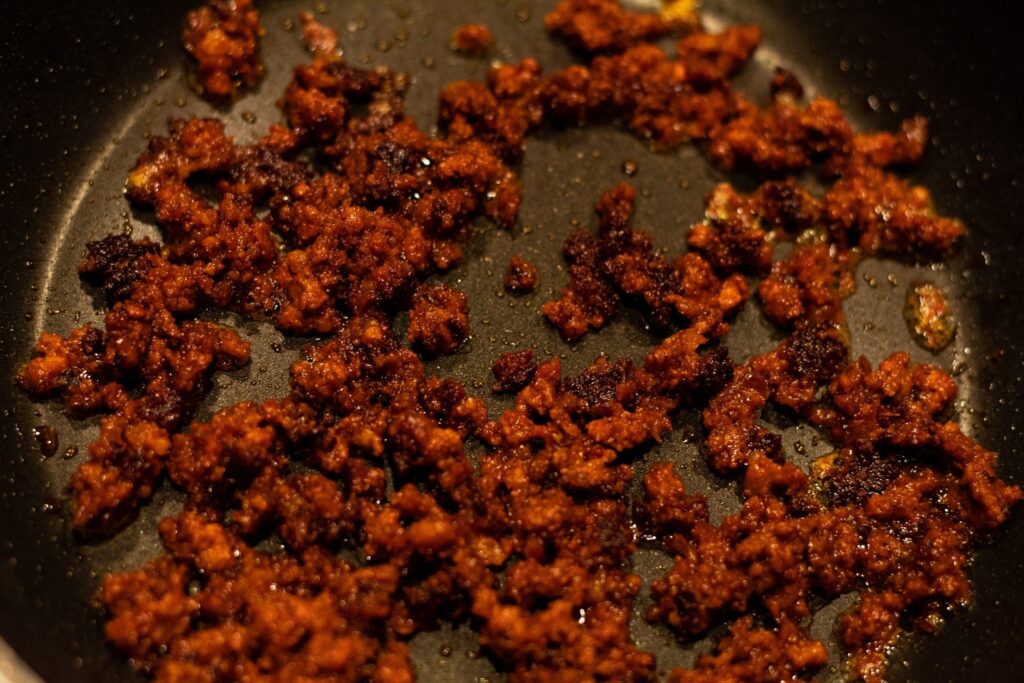How to Know When Chorizo is Done
Chorizo, a flavorful sausage popular in both Mexican and Spanish cuisines, comes in various forms, each with distinct cooking requirements. Knowing when chorizo is done is crucial for both food safety and achieving the best flavor. This article will provide a comprehensive guide on cooking chorizo, identifying its doneness, and answering frequently asked questions.
Understanding Chorizo
Chorizo is a type of pork sausage seasoned with spices, primarily paprika, which gives it a distinctive red color. There are two main types of chorizo:
- Mexican Chorizo: Typically sold raw and requires cooking before consumption. It has a softer texture and is often used in dishes like tacos and burritos.
- Spanish Chorizo: Cured and fermented, making it safe to eat without cooking. It has a firmer texture and can be sliced for tapas or added to dishes for flavor.
The Importance of Cooking Chorizo Properly
Cooking chorizo properly is essential not only for flavor but also for food safety. Undercooked chorizo can harbor harmful bacteria that may lead to foodborne illnesses. Therefore, understanding how to tell when chorizo is done is vital.
Signs That Chorizo is Done
1. Color Change
- Raw Mexican Chorizo: Typically bright red due to the paprika content.
- Cooked Mexican Chorizo: Transitions to a brown or dull red color as it cooks.
For Spanish chorizo, the color remains relatively unchanged since it is already cured.
2. Texture
- Raw Texture: Soft and pliable.
- Cooked Texture: Firm and crumbly, similar to ground beef when fully cooked.
3. Fat Rendering
As chorizo cooks, it releases fat. This is particularly noticeable with Mexican chorizo, which will begin to leak oil as it cooks.
4. Internal Temperature
Using a meat thermometer is the most reliable way to check if chorizo is done:
- Safe Cooking Temperature: Mexican chorizo should reach an internal temperature of 160°F (71°C).
Cooking Methods for Chorizo
Chorizo can be cooked using various methods, each influencing its flavor and texture:
1. Pan-Frying
- Time Required: Approximately 10 minutes for ground Mexican chorizo.
- Method: Heat a skillet over medium-high heat, crumble the chorizo into the pan, and cook until browned.
2. Grilling
- Time Required: About 15-20 minutes for whole sausages.
- Method: Preheat the grill, place the sausages on it, and turn occasionally until cooked through.
3. Baking
- Time Required: Approximately 20-30 minutes at 375°F (190°C).
- Method: Place sausages on a baking sheet and cook until browned.
Summary Table of Cooking Times and Temperatures
| Cooking Method | Time Required | Internal Temperature |
|---|---|---|
| Pan-Frying | ~10 minutes | 160°F (71°C) |
| Grilling | 15-20 minutes | 160°F (71°C) |
| Baking | 20-30 minutes | 160°F (71°C) |
Additional Tips for Cooking Chorizo
- Avoid Overcrowding the Pan: When pan-frying, ensure there’s enough space for the chorizo to brown evenly without steaming.
- Use a Meat Thermometer: For accuracy in determining doneness, especially if you’re new to cooking chorizo.
- Let It Rest: After cooking, allow the chorizo to rest for a few minutes before cutting into it. This helps redistribute juices.
- Drain Excess Fat: If pan-frying, consider draining excess fat after cooking to reduce greasiness in your dish.
FAQ Section
Q1: Can I eat raw chorizo?
No, raw Mexican chorizo must be cooked before consumption due to safety concerns regarding bacteria.
Q2: How do I know if my chorizo is undercooked?
If your chorizo appears bright red or has a soft texture after cooking time has elapsed, it likely needs more time on the heat.
Q3: What happens if I overcook chorizo?
Overcooking can lead to dry or tough sausage; however, it’s essential to ensure that it reaches the safe internal temperature.
Q4: Is Spanish chorizo safe to eat without cooking?
Yes, Spanish chorizo is cured and can be eaten without further cooking.
Q5: How should I store leftover cooked chorizo?
Store leftover cooked chorizo in an airtight container in the refrigerator for up to three days or freeze for longer storage.
Conclusion
Knowing when chorizo is done involves understanding its color change, texture transformation, fat rendering process, and checking its internal temperature. Whether you’re using Mexican or Spanish chorizo, following these guidelines will ensure that your dishes are both safe and delicious.For further information about different types of chorizos and their uses in recipes, you can visit Chorizo – Wikipedia.



